Follow Dante’s Footsteps Through Italy
For the 700th anniversary of the poet’s death, visit his birthplace, churches and tomb
/https://tf-cmsv2-smithsonianmag-media.s3.amazonaws.com/filer/25/b3/25b38dd7-e0e2-46c8-a60b-01e4cb518741/dante_main.jpg)
September 14, 2021, marks the 700th anniversary of poet Dante Alighieri's death. A year-long celebration, Viva Dante, began in Italy in September 2020, with events from public readings to concerts to church services in his honor—and still many more in the works. In addition, institutions around the world are offering both virtual and in-person exhibits, tours and discussions that people can attend to learn more about Dante's life.
Dante was born in Florence in 1265. The Alighieri family came from a branch of the house of Elisei, founded by the wife of Cacciaguida, a warrior who died in the Second Crusade. Dante's parents (Alighiero di Bellincione Alighieri and Bella di Abati) were minor nobility, so he grew up among the aristocracy. As a teenager, he held an apprenticeship with poet and writer Brunetto Latini. After aligning with the losing political party in 1301, he was exiled from his hometown. He traveled for a few years through Bologna, Verona, Venice, Rome, Lucca and Siena before settling down in Ravenna, in northern Italy, for the latter part of his life. One of Dante's descendants, astrophysicist Sperello di Serego Alighieri, is working to have the poet posthumously pardoned, arguing that his sentence was motivated purely by tainted political motivations at the time.
Dante authored the Divine Comedy, an epic poem that contains three parts (Inferno, Purgatorio and Paradiso) and traces Dante’s journey from death to heaven. He was the first Italian writer to eschew Latin and actually work in his mother tongue. It was during his travels while he was exiled and his subsequent life in Ravenna that Dante wrote the poem; it's estimated he started it in 1308, when he was 43, and finished it in 1321, the year he died of malaria at age 56.
“For hundreds of years, Dante has been celebrated as the father of Italian poetry,” says University of Bologna professor and Dante expert Claudia Sebastiana Nobili. “As such, he is also the father of the Italian language. In his poem, he used many words for the first time, translating them from Latin or borrowing them from other European languages, such as French, Provençal, Spanish and Arabic, thus creating a very rich literary language.”
According to Guy Raffa, an associate professor of Italian studies at the University of Texas at Austin and the author of Dante’s Bones: How a Poet Invented Italy, writing in Italian opened Dante’s work up to even more people. “Only the very elite could understand [Latin],” Raffa says. “So he chooses to become more accessible.”
To make the life and work of the poet of the late Middle Ages and early Renaissance accessible to people today, Viva Dante has offered up daily readings from the Divine Comedy outside Dante's tomb in Ravenna, an event that is expected to continue in perpetuity; readings in every city he lived in from foreign writers who discuss how he impacted their lives and work; a special exhibit called “The Eyes and the Mind” at Ravenna’s Classense Library about Dante’s time in exile; a theatrical guided tour of Ravenna called Silent Play for Dante; and an exhibit called “A Pop Epic” at the Ravenna Museum of Art about Dante’s impact on modern pop culture. The Uffizi Gallery in Florence is also hosting a free online exhibition of Dante's drawings from The Divine Comedy. And on May 19, the Smithsonian Associates will host “Dante Without Footnotes,” a virtual discussion about his epic.
For those who can’t make it to Italy to celebrate Viva Dante in person, honor the poet’s memory by learning about these six spots where Dante lived, worked and died.
Museo Casa di Dante, Florence
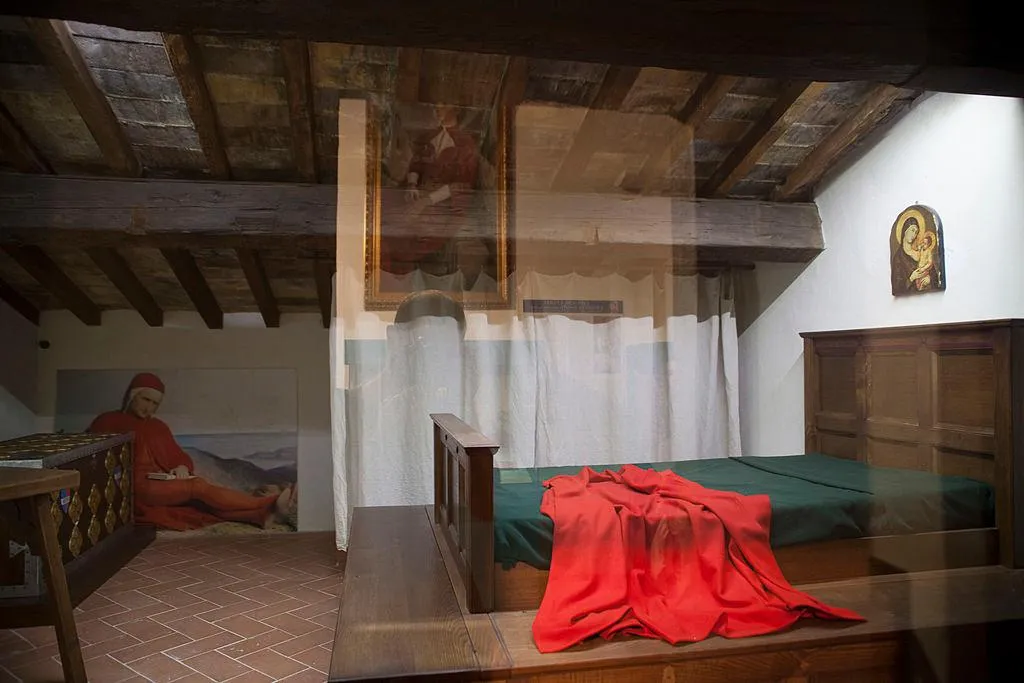
Dante was born in this house in 1265. His family was minor nobility in Florence, descended from a participant in the Second Crusade. Dante’s mother died when he was only about 10; his father remarried and had two more children, a boy and a girl. Dante left Florence in 1301 after years of schooling and an arranged marriage. He was part of a delegation of the White Guelphs political party that visited Rome to meet the Pope and try to stop him from annexing Tuscan land. While he was gone, the opposing political party, the Black Guelphs, took power in Florence. They believed the Pope should govern church and state, while the White Guelphs did not. The new party condemned Dante, accusing him of corruption. He was ordered to pay a fine and was exiled for two years. But since he was in Rome, he could not pay his fine—and the judgement was changed to a death sentence if he came back to Florence. Dante never returned.
The house today doesn’t look quite the same as it did when Dante and his family lived there. Dante’s brother, Francesco, sold a portion of the house to a different family about 10 years after Dante’s death. Future owners remodeled the house significantly, and it eventually fell into disrepair. But it was always known as “Dante’s House” by locals. In 1865, the city of Florence decided to purchase the house. It had been 600 years at that point since Dante’s birth. Florence officials wanted to verify the home was actually where Dante was born, and they were able to do that because documents exist of a lawsuit brought against the Alighieri family claiming that roots from a fig tree on their property were destroying a church wall. In 1911, the city was finally able to reconstruct and restore the house.
The Museo Casa di Dante opened in the house in 1965. It has three floors. The first covers life in 13th-century Florence, plus Dante’s youth and his eventual exile. On the second floor, visitors can explore Dante’s literary training, his connection to the origins of the Italian language, a replica of the poet’s bedroom, and a show about the Divine Comedy. The third floor contains a virtual reality exhibit of Florence as Dante experienced it and a look at the Florence of today. You can take a virtual tour on the museum's website.
Battistero di San Giovanni, Florence
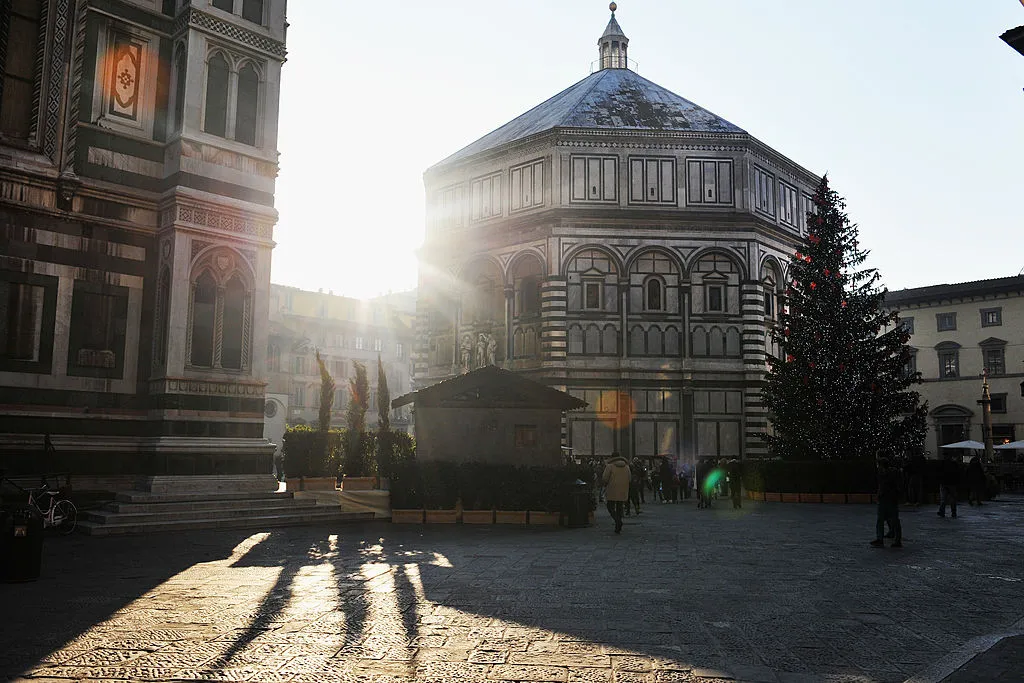
On March 26, 1266, Dante was baptized in this building—just like all Christians born in Florence were until the end of the 1800s. The baptistery was far older than Dante when he was there, though. Built on ruins of a 4th-century Roman temple, the building became the city’s cathedral in 1059 and eventually the official baptistery in 1128.
Dante memorialized the green and white octagonal Romanesque building in the Inferno, writing in Canto XIX, 16-18:
No smaller or no larger they seemed to me
Than are those booths for the baptismal fonts
Built in my beautiful San Giovanni
He mentions it again in Canto XIX, 19-21, while speaking of a time he saw a child drowning in a font and broke it to save that child's life:
And one of those, not many years ago,
I broke up to save someone drowning in it:
And let my word here disabuse men’s minds
“[At the baptistery], he was able to see the wonderful mosaic of the Last Judgment, which probably inspired his own Inferno,” Sebastiana Nobili says.
The baptistery is currently closed due to Covid-19 regulations, but typically you can buy a combination ticket that allows you to tour it and other nearby sites including the Duomo and the Florence Cathedral. A small selection of virtual tours are available online.
Chiesa di Santa Margherita dei Cerchi, Florence
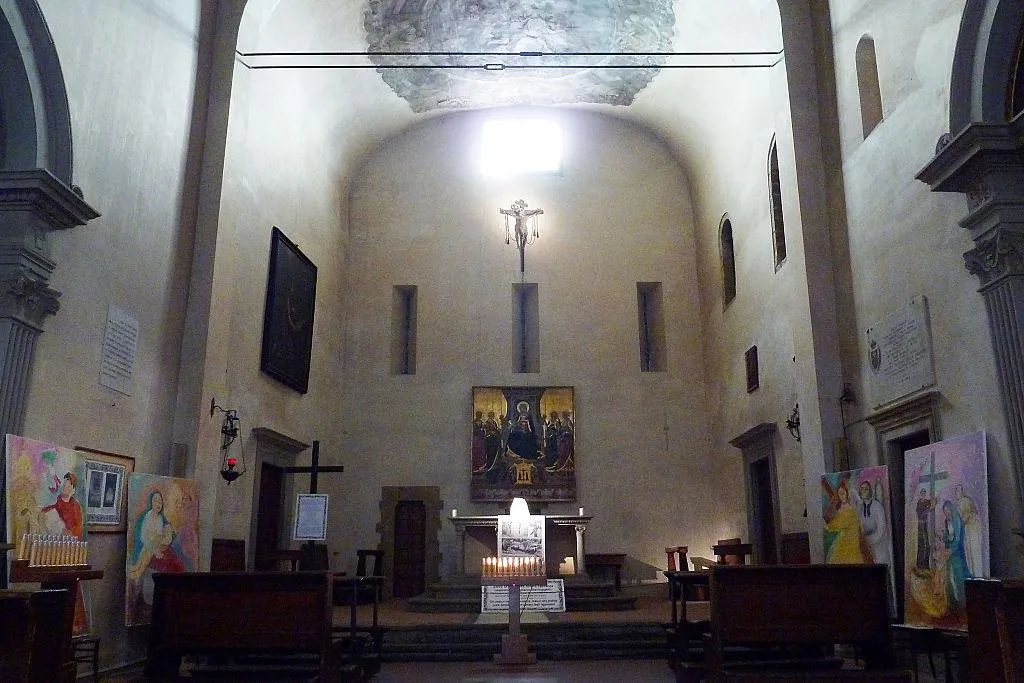
Also known as the Church of Dante, the Chiesa di Santa Margherita dei Cerchi was the poet’s family church. They attended mass here, along with other prominent families in Florence—including the Portinari and the Donati families. Dante met Beatrice Portinari in this church and allegedly fell in love with her when he was only 9 years old. She would go on to be his muse and inspiration; he dedicated the Divine Comedy to Beatrice. Sadly for Dante and Beatrice, though, they were both married off to other people when they came of age. Beatrice married into the Bardi family, and Dante had an arranged marriage to Gemma Donati. Their wedding took place in this church around 1285. Today, it's open to the public with free tours.
Scala Family Palace, Verona
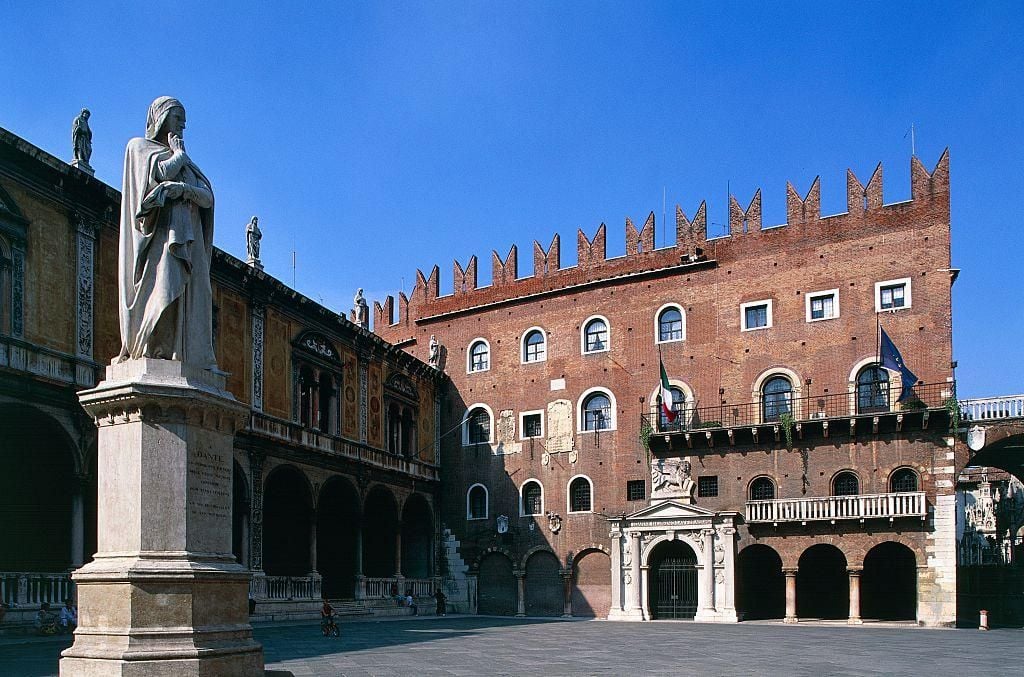
When Dante was first exiled from Florence, he headed to Verona. He found refuge at the Della Scala family home; the Della Scalas ruled Verona in the 13th and 14th centuries. Dante spent seven years here, first taken in and protected by Bartolomeo della Scala from 1303 to 1304, whom the poet named “gran Lombardo” in Paradiso (XVII, 70), the third and final part of the Divine Comedy. He returned in 1312, staying until 1318, under the watchful eye of Bartolomeo’s brother Cangrande I. Dante dedicated Paradiso to Cangrande and wrote the bulk of it during his stay in Verona. The square just outside the palace is a popular destination for locals and tourists alike and has a sculpture of the poet dating back to 1865.
Basilica of San Francesco, Ravenna
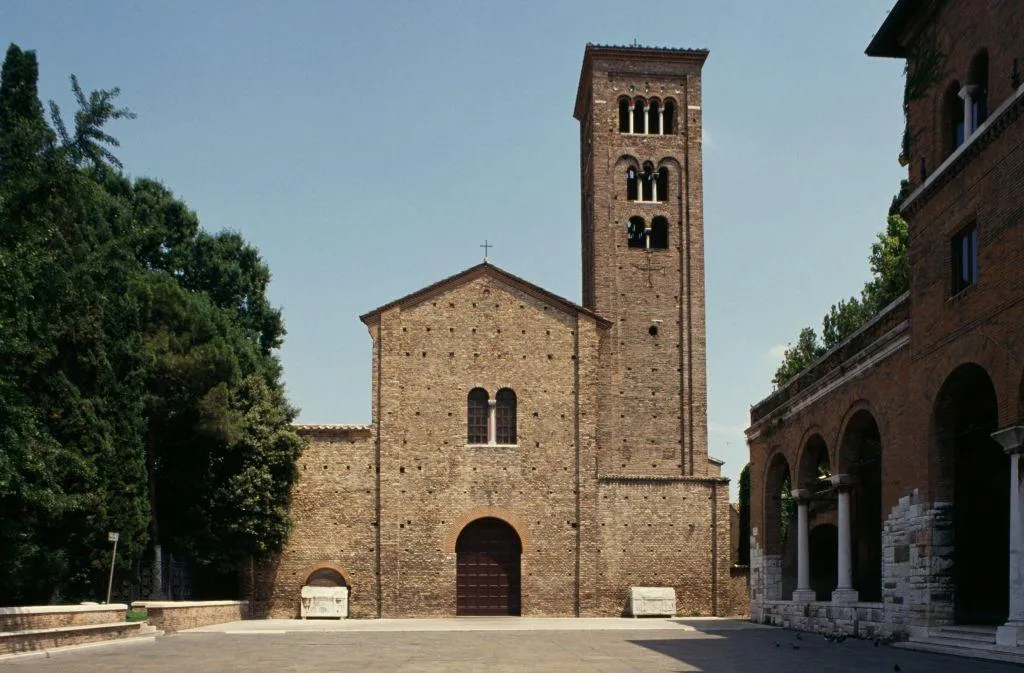
Dante arrived in Ravenna around 1318, after being invited by the ruler at the time. Once there, he made the Basilica of San Francesco his home church, though at the time it was dedicated to Saint Peter. He prayed there, he went to mass there, and when he died only three years after coming to the city, his funeral was held there. All the Ravenna elite attended, and afterwards, he was placed into a marble sarcophagus and left outside the cloisters for about 160 years.
The earliest church on this site dates back to 460. It was replaced around 875 with a larger church, which was then renovated in the 17th and 18th centuries to be more baroque in style. But in 1921, in timing with the 600th anniversary of Dante’s death, the church was renovated again—this time restored to how it would have looked during Dante’s time. For that reason, if he were to see it now, it would be familiar: a simple arched entrance, a plain brick façade and a double-arched window above the door. Perhaps the only difference would be the crypt in the basement. The church sank and had to be elevated several times; the crypt is now below sea level and always flooded. In it, goldfish lazily swim over some of the original mosaic tiled floors that can still be seen through the water—provided visitors put one euro into the machine at the entrance to the crypt. The fee turns on the lights to see both the fish and the tiles. Sometimes ducks come to float on the water as well.
Dante’s Tomb, Ravenna
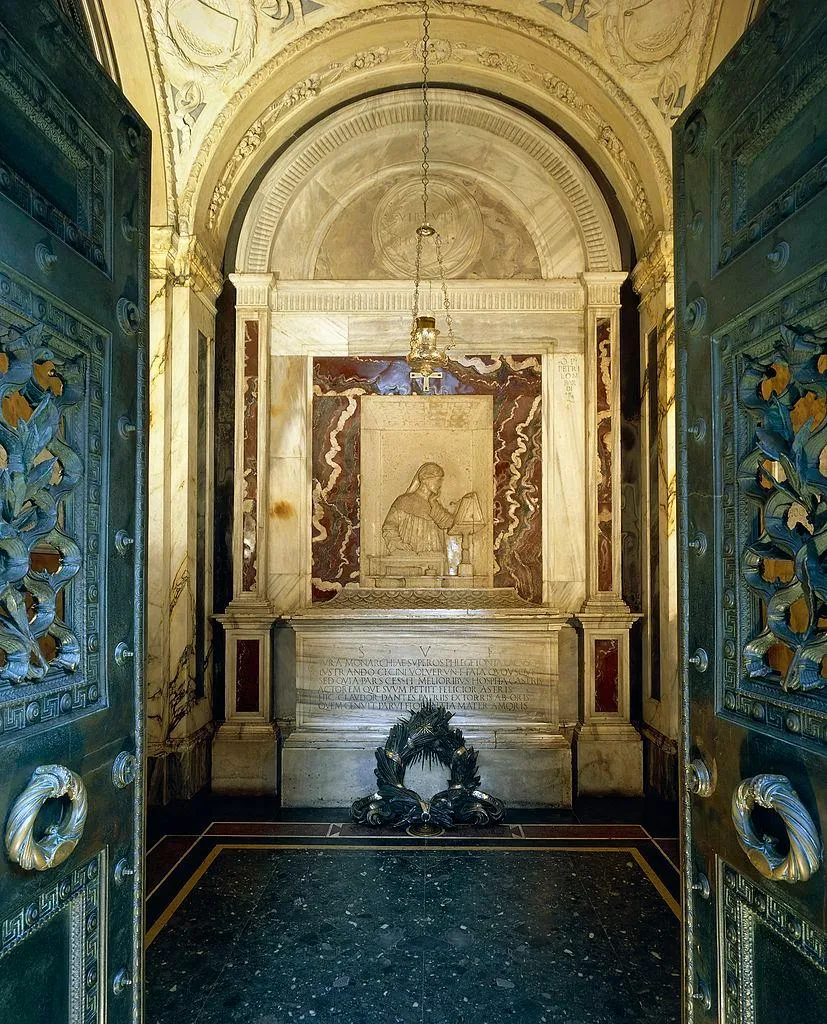
Next to the Basilica of San Francesco, a small mausoleum holds Dante’s bones. The tomb was built in 1780, long after Dante’s death in 1321, thanks to a fight over the dead poet’s remains. Leadership in Florence decided in the 1500s that they wanted Dante’s bones back in his hometown. Ravenna told Florence to come retrieve them, so the city sent a delegation to Ravenna to get them. Ravenna wasn’t having it, though, and the Franciscan monks protecting Dante’s body hid his remains. When the Florentine delegation opened his sarcophagus and found nothing inside, the monks feigned innocence. In 1781, during the construction of the current tomb, the friars returned the bones to their original urn, put it in a box, and hid it. This time, they were hiding the bones from Napoleon’s troops.
“His bones were accidentally found by a stone mason [in 1865] as they were renovating a chapel that’s about 35 feet away or so from his original tomb,” says Raffa. “They just fell out of a wall. And so they had to open up his original tomb, obviously. The last thing you want to do is find a second body, right? There’s a whole history of saints and relics where that actually happened, but sure enough, Dante’s tomb was empty.”
Dante’s newly discovered bones were officially moved into the 1781 tomb. Ever hopeful Florence, though, erected a cenotaph in 1829 for Dante in the Basilica di Santa Croce, which remains empty to this day.
Today, the tomb in Ravenna bears two inscriptions. One on the outside marks it as “Dante Poetae Sepulcrum,” and one on the inside, on the sarcophagus itself, attempts to punish the Florentines for exiling him in the first place. It translates to, “Here in this corner lies Dante, exiled from his native land, born to Florence, an unloving mother.” Florence pays a little bit every year for this tomb, though; the oil lamp hanging from the ceiling inside is fueled by olive oil sent from Florence each year on the anniversary of Dante’s death.
A small mound of earth outside the mausoleum marks the spot where Dante's urn was reburied during World War II, so that it didn’t get destroyed from any bombings.
“They were afraid he was going to get pulverized in the tomb,” Raffa says. “They buried him about 20 feet underground under a concrete barrier so that he wouldn’t get blown to bits. And they also did it because they were afraid the Nazis were going to steal them. That’s the last time his bones are actually misplaced or displaced and moved.”
Dante's tomb and mausoleum are currently open to visitors for free.
Planning Your Next Trip?
Explore great travel deals
Smithsonian magazine participates in affiliate link advertising programs. If you purchase an item through these links, we receive a commission.
/https://tf-cmsv2-smithsonianmag-media.s3.amazonaws.com/accounts/headshot/JenniferBillock.png)
/https://tf-cmsv2-smithsonianmag-media.s3.amazonaws.com/accounts/headshot/JenniferBillock.png)